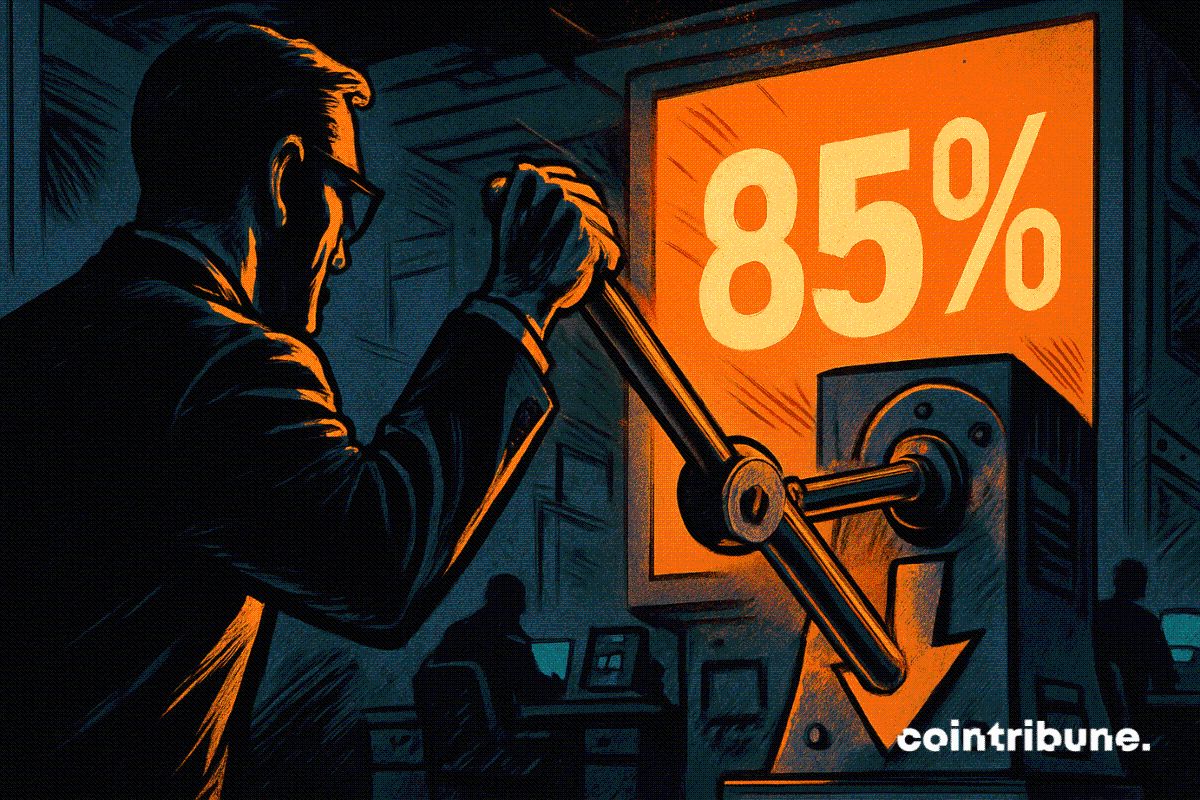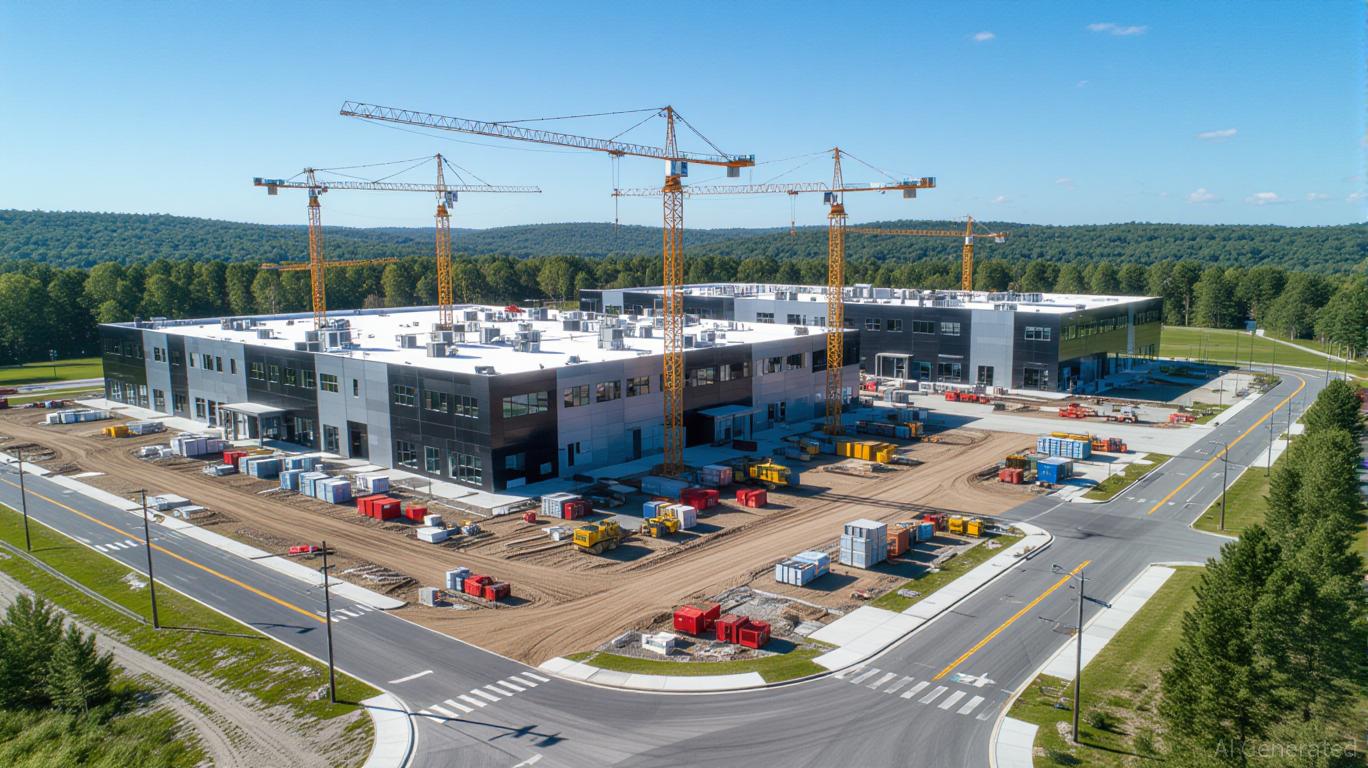Strategic Development of Infrastructure within Webster Economic Corridor in Upstate New York
- Upstate NY's Webster Economic Corridor is transforming into a hub for advanced manufacturing and semiconductors via strategic infrastructure investments. - $9.8M FAST NY grants and $4.5M NY Forward funds modernize industrial sites and downtown areas, enhancing business readiness and community engagement. - A $650M fairlife® facility will create 250 jobs, demonstrating how public-private partnerships (PPPs) catalyze private investment through site readiness. - Federal infrastructure bank proposals aim to
A Roadmap for Joint Progress
Webster’s infrastructure development is primarily supported by the $9.8 million FAST NY Shovel-Ready Grant, which is being used to upgrade the Xerox Wilson Campus. This grant, provided through New York’s FAST NY initiative, is dedicated to road construction, sewer system enhancements, and electrical infrastructure planning, preparing the area for immediate redevelopment. These upgrades are essential for drawing in industries that require significant investment, as they lower both the risks and initial costs for private investors. By 2025, the corridor is projected to attract advanced manufacturing and semiconductor companies, taking advantage of its skilled workforce and established industrial base
In addition, the NY Forward Program has provided $4.5 million to rejuvenate Webster’s downtown. This program focuses on creating walkable areas, event spaces, and sustainable projects, all aimed at improving quality of life and fostering community involvement. For example, $1.1 million is being used to enhance Veterans Memorial Park, and $1.01 million is allocated to upgrade Harmony House for cultural events. While these investments may seem modest, they are part of a broader plan to build a lively urban center that encourages both economic growth and social interaction
High-Impact Initiatives and Measurable Results
The most notable example of Webster’s PPP-led achievements is the fairlife® production facility, a $650 million private investment anticipated to generate 250 well-paying jobs by the close of 2025. Situated on a 100-acre site along Tebor Road, this plant highlights the region’s attractiveness to large-scale investors, thanks to its infrastructure and talent pool. The magnitude and influence of this project demonstrate how public funding for site preparation—like the FAST NY grant—can trigger significant private investment, resulting in broader economic benefits that reach supporting industries and supply networks

Likewise, the Webster Economic Access Project—a partnership supported by $1.838 million in local investment and $500,000 in federal funds—is upgrading an industrial road system on the Xerox Campus. This project, aimed at improving multi-modal transportation, is crucial for future job creation in the private sector. By enhancing logistics and connectivity, the initiative lowers business operating expenses, making the corridor more appealing for advanced manufacturing and distribution operations
Policy Foundations and Wider Significance
Webster’s achievements are the result of a policy landscape that actively promotes PPPs. The Infrastructure Investment and Jobs Act (IIJA), enacted in 2021, serves as a vital underpinning for these efforts. Although Webster is not specifically mentioned in the legislation, its focus on environmental cleanup and infrastructure durability aligns with the area’s Brownfield Opportunity Area (BOA) status. This policy enables the rehabilitation of neglected sites, turning them into valuable resources for economic growth while addressing ecological issues
Furthermore, Webster’s strategy mirrors a larger movement in infrastructure funding: utilizing asset recycling and bipartisan infrastructure banking to ease the financial load on the public sector. For instance, a proposed Federal Infrastructure Bank, advocated by Rep. Daniel Webster and Rep. Salud Carbajal, seeks to attract private investment for public works. If implemented, this approach could reproduce Webster’s accomplishments elsewhere, ensuring that infrastructure projects remain both adaptable and financially viable
Conclusion: Setting a Precedent for Tomorrow
Webster’s journey shows that infrastructure spending is about more than just constructing roads or updating utilities—it’s about building environments where public and private sectors work together to generate value. The region’s PPPs have succeeded by aligning immediate project needs with broader economic aims, such as job creation, industry diversification, and environmental responsibility. By 2025, Webster will have obtained $38 million in grants for infrastructure upgrades, including transportation, wastewater management, and downtown improvements, demonstrating the replicability of this model
For communities facing outdated infrastructure and economic decline, Webster provides a persuasive example. By emphasizing partnership, openness, and evidence-based planning, local authorities can turn overlooked assets into drivers of prosperity. In times of limited public funding, the Webster approach proves that the future of infrastructure is not about choosing between public and private interests, but about building alliances that benefit both.
Disclaimer: The content of this article solely reflects the author's opinion and does not represent the platform in any capacity. This article is not intended to serve as a reference for making investment decisions.
You may also like
Crypto Surges As Fed Eyes Rate Cut In December

Strategy unveils a new anti-panic weapon against the bitcoin crisis

dYdX’s performance-driven affiliate system establishes a new benchmark for DeFi rewards
- dYdX's v9.4 upgrade introduces a performance-based 50% commission tier, replacing static VIP tiers with dynamic affiliate fees tied to real-time trading volume. - The sliding fee model automatically adjusts commissions (30% base, 50% for top performers) to align affiliate rewards with platform liquidity and growth goals. - Competitors like Bitget and YWO also adopt performance-driven affiliate strategies, reflecting a broader DeFi trend toward merit-based incentives. - dYdX's protocol-level hard-coding o
The Growth of Ready-to-Develop Infrastructure in Upstate New York and Its Influence on Industrial Property
- Upstate NY's industrial real estate is transforming via shovel-ready infrastructure and public-private partnerships, targeting advanced manufacturing and clean energy sectors. - FAST NY's $400M grant program has funded 37 projects since 2022, upgrading 7,700 acres to attract $283M+ in private investments like Chobani's regional operations. - Webster's Xerox campus redevelopment ($9.8M FAST NY grant) exemplifies mixed-use "bluefield" models combining manufacturing with residential zones to create sustaina
